Freud very nearly did not become a psychiatrist. He originally researched as a neurologist before moving into other disciplines. Freud’s journals document a tremendous amount of study in varied topics he saw as likely breakthroughs to bring him renown. Much of his early work was dedicated to the study of cocaine as a treatment for various medical conditions. Freud mentioned some of his preliminary theories on the use of cocaine for anesthesia to his colleague Karl Koller before going away on a trip. When Freud returned home Koller had already conducted an experiment using cocaine as a topical anesthetic for surgery on a frog’s eye, and became famous.
This discovery, that cocaine could make patients numb to surgery, allowed surgeons to operate on patients without pain. This would become the leading advance in surgery for the next decade. Not long after Koller stole this achievement for himself, Freud decided to enter neuroscience. Freud became obsessed with creating a new breakthrough in a new area of medicine. After narrowly avoiding achieving greatness, he used a relatively unknown area of medicine to make himself great.
Freud was born in a caul, which his mother took as a sign that he was destined for greatness. It helped that he was a genius with tremendous obsessive energy. His mother delighted in his intelligence and told him from an early age that he would bring their family fame. He was her “little golden Siggy”. She doted on Freud more than all of her other children. Freud never doubted his greatness. He records in one letter, just before he entered the field of psychiatry, that he had destroyed all his journals and records to hide them from his own future biographers.
Freud developed an amenable affect that made it easy for him to succeed and connect with people. Despite the reality of anti Semitism in Vienna, his intelligence and genial personality made him many friends in the medical community. He recalled being shocked as a boy when his father was mocked and insulted by anti-Semites. He was ashamed as he watched his father remain implacable and positive. Freud’s father was a hard worker, but he never strove to be a great man, and was never able to lift the family far out of poverty.
He remembered from his schooling that Hannibal’s father had made his son promise to avenge himself on Rome when Carthage was slighted. Freud imagined what a “great man” like the men in his ancient history books would do. Even in childhood the idea of greatness that Freud saw within himself began to clash with the way that his father way of living
Whether or not we like, or even notice, the things that we learn from our parents, we still learn them. Freud learned from his mother that becoming renowned made him lovable. He learned from his father to be complacent in confrontation and avoid conflict. The extreme passivity that Freud learned from his father made Freud repress the competitive and aggressive energies that often arrive in life; and thus the idea of a repressed aggressive drive became one of the major tenets of Freud’s psychology.
Freud was not an assertive man and avoided conflict to an extreme degree in life. When he had disagreements with close friends and mentors, Freud cut off contact with them entirely instead of trying to assert himself, communicate his differences or compromise. So often was this true, that it is difficult to find a case in Freud’s biography where conflict with an equal does not result in the dissolution of the relationship. Jung, Adler, Rank, and others were first placed on a pedestal and then knocked aside.
Freud’s early students were drawn to his intellect and his theory of the unconscious forces beneath cognition. One by one these pupils developed their own theories and brought them to Freud for discussion. One by one Freud cut off communication with his students. Jung recounts in his autobiography that after he told Freud that his interpretation of a dream they were discussing differed from Freud’s interpretation. Freud began looking at him fearfully and finally, becoming terrified, fainted on the floor while Jung tried to calm him. Freud later told others that Jung had a “death wish” for him, and cut off all contact with his pupil.
Freud was a great man. His framework for the mind later proved too rigid, but his theories were wildly innovative, influential theories. Most notably, he was the first to try to see behind the thing that sees. He was the first to speculate that the things that move us are not exterior gods or destiny we had to divine, but forces inside the mind that escape our notice until we are taught to perceive them. His theories were controversial because they called men puppets, but puppets with strings on the inside.
Freud made himself great in order to become lovable, and yet he could not be an assertive man. Freud badly wanted recognition from others but needed their approval without a fight. Freud repressed his own aggressive and sexual tendencies, and his theories describe him observing the repression of these impulses in others.
Freud was a man whose particular form of greatness, was genius. This required him to be understood by others. However, his passivity made it impossible to maintain those relationships when others threatened his own need for greatness. The “death wish” that Freud saw in Jung was Jung’s willingness to challenge and refine Freud’s theories. This would “kill” the greatness and be the “death” of what Freud’s ego needed to remain lovable.
Now, whether or not you agree with my portrayal of the historical Freud, think of the Freud that I have drawn as a character in a piece of fiction. Imagine this person at a party of other distinguished and renowned men. Imagine what he says to them in order to make them see the dormant greatness within him. He must make them see it, but he also cannot fight with them. He cannot call attention to himself, he cannot challenge them. Yet still, desperately he needs them to accept him amongst them as genius.
Can you see what this person would say? What his posture would be when he approaches these men, reaches for a drink, is misunderstood in conversation? This is a man who must talk passively, but who also badly needs to force others to understand his dominance and recognize his genius.
Think about a character that feels someone disagreeing with them as such an attack that they have fainting spells. Can you feel this character as a complex being? You could outline Freud as a character and write him as jealous, power hungry, or as a misunderstood genius. Neither of these, admittedly interesting, concepts capture the intricacy or layered nature of a Freud that is understood as this powerful passive nature and repressed aggressive drive interacting within the same man.
Learning what to be from one parent but how to live from another can result in any numerous combinations of character dynamics that add layers to our understanding of ourselves. If we were to make a character sketch of Freud’s traits, his history, his motives; it would not capture the dynamic of a character whose manner of being in the world is so drastically different than what he thinks makes him matter. Freud’s own process of living made him both repress and experience powerful aggressive energies, that he became obsessed with mapping in himself and others.
What did you learn from the personalities of your own parents?
Bibliography:
- Curtis, A. (1992). Pandora’s Box. BBC.
- Curtis, A. (1995). The Living Dead. BBC.
- Curtis, A. (1999). The Mayfair Set. BBC.
- Curtis, A. (2002). The Century of the Self. BBC.
- Curtis, A. (2004). The Power of Nightmares. BBC.
- Curtis, A. (2007). The Trap. BBC.
- Curtis, A. (2011). All Watched Over by Machines of Loving Grace. BBC.
- Curtis, A. (2015). Bitter Lake. BBC.
- Curtis, A. (2016). HyperNormalisation. BBC.
- Curtis, A. (2021). Can’t Get You Out of My Head. BBC.
Further Reading:
- Bale, J. (2018). Adam Curtis: The Medium as Critique. Film Quarterly, 71(4), 8-19.
- Beckett, A. (2016). Adam Curtis: The Experimentalist Who Unravels the Modern World. The Guardian.
- Bingham, A. (2015). The Curious Case of Adam Curtis. Sight and Sound, 25(3), 24-27.
- Bruzzi, S. (2006). New Documentary: A Critical Introduction. Routledge.
- Eshun, K. (2005). The Adventure of the Concrete: Adam Curtis’s Journalistic Method. In T. Elsaesser & K. Hoffmann (Eds.), Cinema Futures: Cain, Abel or Cable? (pp. 117-130). Amsterdam University Press.
- Mishra, P. (2016). Adam Curtis’s Hypnotic Critique of Modern Life. The New Yorker.
- Oxley, J. (2019). Adam Curtis and the Politics of Collage. NECSUS: European Journal of Media Studies, 8(1), 95-114.
- Rosenbaum, J. (2016). The Persistent Vision: Adam Curtis and the Politics of Montage. Cineaste, 42(1), 4-9.
- Wheatley, H. (2018). After Documentary? Adam Curtis and the Aesthetics of News. Open Cultural Studies, 2(1), 412-422.
- Gee, J. P. (2014). An Introduction to Discourse Analysis: Theory and Method. Routledge.
- Nichols, B. (2001). Introduction to Documentary. Indiana University Press.
- Corner, J. (2002). Performing the Real: Documentary Diversions. Television & New Media, 3(3), 255-269.
- Dargis, M. (2016). Review: Adam Curtis’s ‘HyperNormalisation’ Peers Into the Abyss. The New York Times.
- Doane, M. A. (2009). The Indexical and the Concept of Medium Specificity. differences, 18(1), 128-152.
- Elsaesser, T. (2009). German Cinema Face to Face with Hollywood: Looking East, Looking West. Amsterdam University Press.


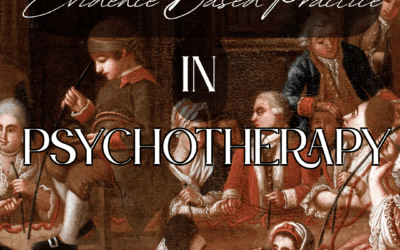
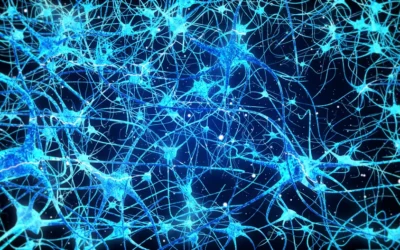





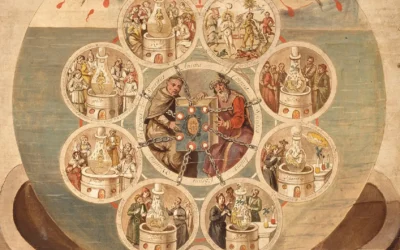
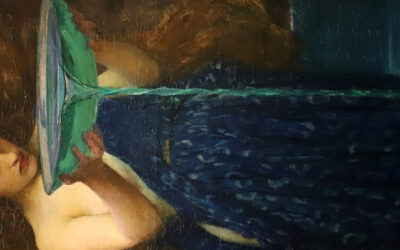

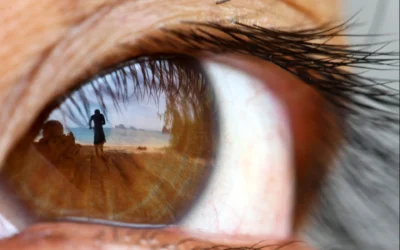
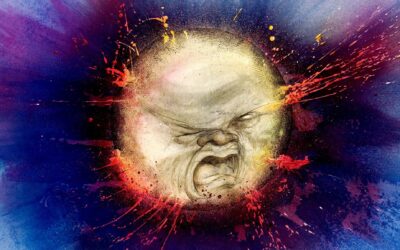




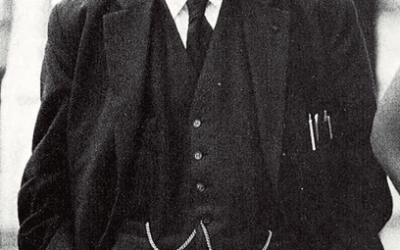

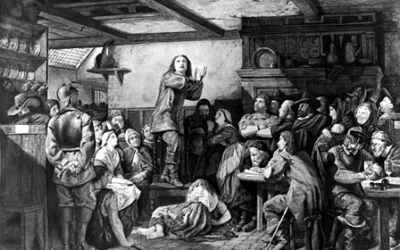
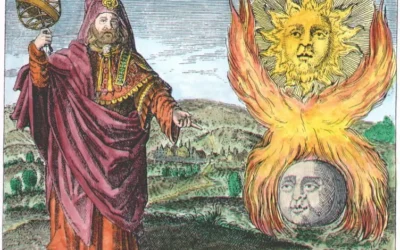
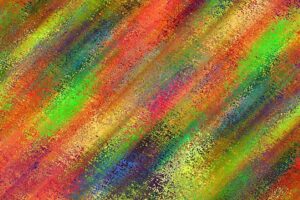
0 Comments